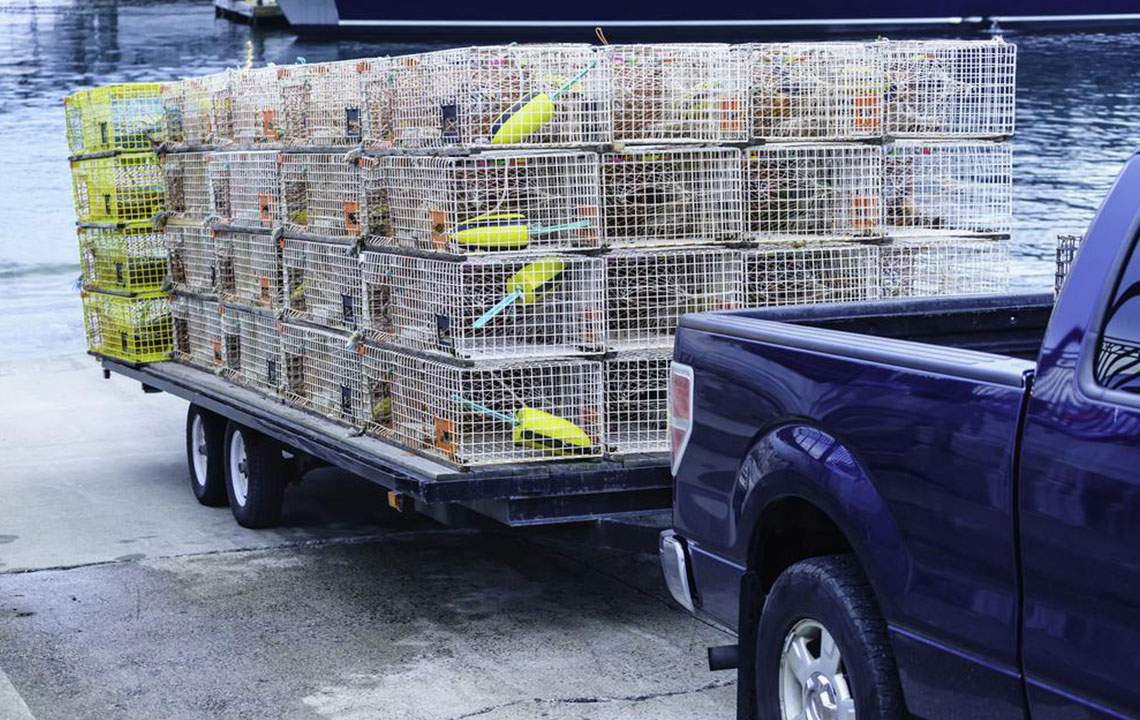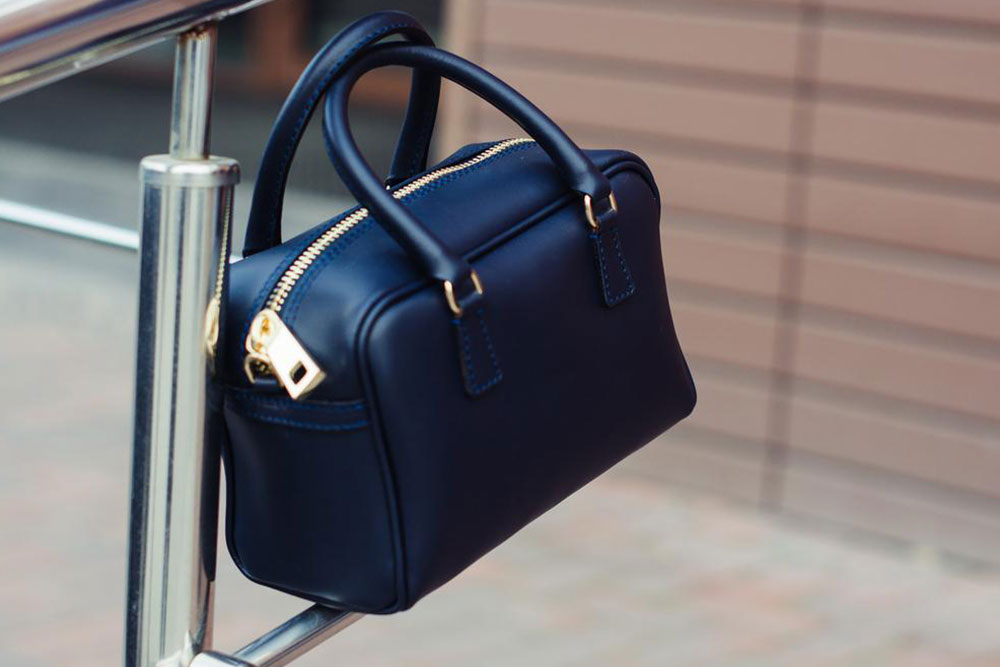Exploring Rugged Laptop Variants and Their Protection Levels
Discover the various types of rugged laptops—semi-rugged, fully rugged, and ultra-rugged—and understand their protection features. Learn how these devices are designed to thrive in challenging environments such as industrial sites, military settings, and space. Standards like IP Code and MIL-STD 810 guide their durability assessment, helping users choose the ideal rugged solution for demanding conditions.
Sponsored

Computers, laptops, tablets, and smartphones often need protection against dust, water, extreme temperatures, vibrations, and other challenging conditions to ensure optimal performance. However, conventional devices may not withstand such harsh environments. Locations like industrial sites, roadside control rooms, and boiler control cabins demand more durable solutions. Rugged laptops are specially designed to operate reliably in these tough settings.
Rugged laptops are categorized into semi-rugged, fully rugged, and ultra-rugged types based on their durability and protective features against severe conditions.
Semi-rugged laptops, also called business-rugged devices, are designed for typical business environments. They feature similar hardware to standard laptops but with enhanced durability. For example, they may include reinforced frames to withstand vibrations and drops, gel-mounted hard drives for shock resistance, and spill-proof keyboards to handle spills and rough handling.
Fully rugged laptops are built for extreme conditions, capable of enduring high temperatures, shocks, and vibrations. They typically have solid-state drives with no moving parts, which generate less heat and require no fan cooling, making them suitable for challenging environments.
Ultra-rugged laptops are engineered to meet military-grade standards, able to operate in the most extreme scenarios. They can withstand sandstorms, freezing temperatures, and intense vibrations, even functioning aboard space-bound rockets. These laptops are ideal for the harshest environments.
To assess a device's durability, standards like the Ingress Protection (IP) Code help classify resistance to dust and water. The MIL-STD 810 guidelines, established by the US Department of Defense, provide testing protocols for military-grade equipment.
Most rugged laptops used in tough environments fall into the semi-rugged category, with full ruggedness reserved for more extreme applications. Selecting the right ruggedization level depends on specific operational needs, ensuring reliable performance in adverse conditions.






